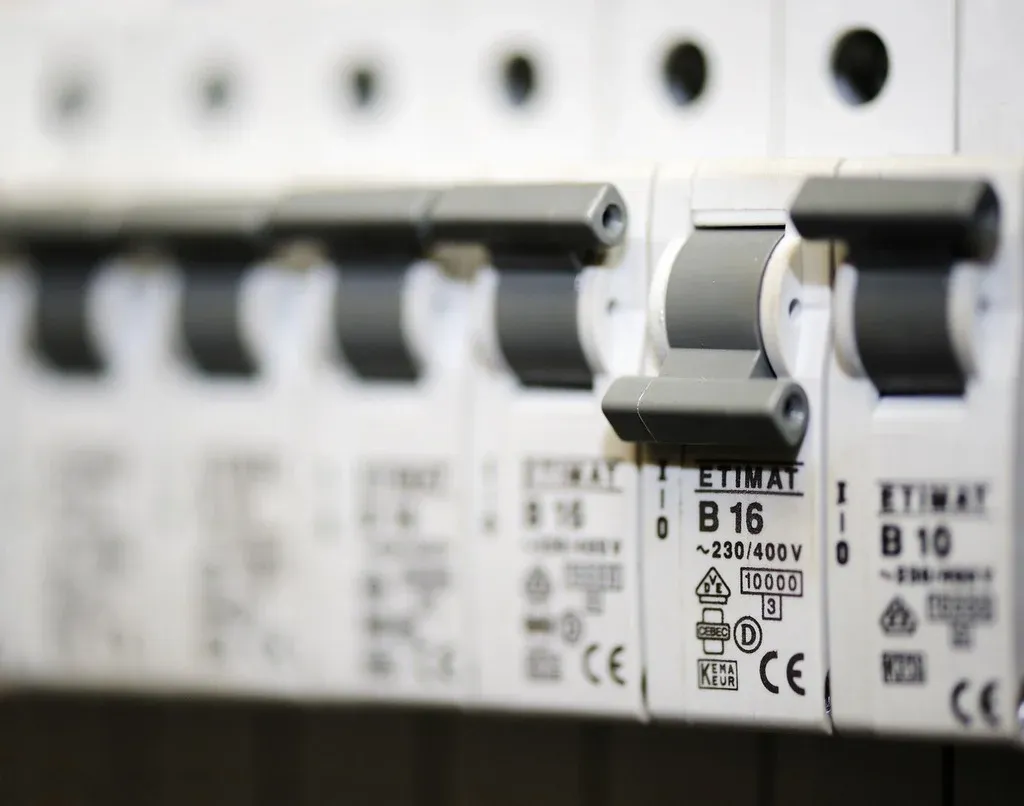Electrical Safety

Do you remember, as a kid you would be told not to poke your fingers into the electrical sockets at home?
I remember how in our home they put small cuts of newspaper rolls stuffed into the electrical sockets.
After all, paper is a non-conductive material and it sealed off sockets that were not in use.
Pretty smart I would say!
In this chapter, we will learn all about the hazards of electricity, and the practices in place to make access to electricity safe for people all around the world!
Go get yourself in a cozy spot, before you're ready to dive right in!
Hazards of electricity when using mains supply
| Hazard | Description |
|---|---|
| Damaged Insulation | Damaged insulation in wires or cables can result in exposed live conductors. This increases the risk of electric shock and short circuits, posing a potential threat of fires and damage to equipment or property. |
| Overheating Cables | Overheating cables occur when the current exceeds their capacity or due to poor connections. This hazard raises the risk of fire and damage to the cables and surrounding materials, including the potential melting or burning of cables, equipment damage, and the risk of injury. |
| Damp Conditions | Damp conditions, characterized by the presence of moisture or water near electrical equipment, outlets, or wiring, elevate the risk of electric shock and short circuits. This can lead to electric shocks, equipment damage, fires, and potential harm to individuals. |
| Excess Current from Overloading | Overloading happens when the current drawn by electrical devices surpasses the capacity of plugs, extension leads, or sockets. This hazard increases the likelihood of overheating, fire, and damage to electrical devices. Overloaded plugs, extension leads, or sockets can overheat, melt, or cause fires, potentially leading to equipment damage and injury. |
Mains circuit

- A mains supply refers to the electricity which comes from the utility company to your house or an industry.
- This type of circuit uses alternating current (a.c.) and consists of three wires:
- Live
- Neutral
- Earth
- The colours are different through out the world.
- In a country like India, the live wire is red, neutral is black and earth is green.
- Current flows from the live wire to the neutral wire.
- The earth wire is used for safety purposes and is connected to the earth or ground.
- The purpose of the earth wire is to direct any current from a fault or electrical leakage to the ground/earth.
- The outer casing of an electrical appliance must either be non-conductive or connected to the ground for safety.
Types of Casing
There are two main types of casing covered in the IGCSE Physics syllabus that you need to know:
- Non-conductive Casing: Some appliances have a casing that does not let electricity pass through (for example, plastic).
- Grounded Casing: Other appliances are connected to the ground using a wire. This ensures that any electricity that leaks out of the appliance goes safely into the ground.
Having good casing prevents electric shocks and protect people from electrocution.
It is important to connect the switch to the live wire (and not the neutral) because the live wire carries the current, therefore when the switch is off, the flow of current is interrupted.
Trip switches

- Use and Operation: Trip switches, also called RCDs, detect imbalances in current. If they sense a fault, they quickly cut off the power to the circuit.
- Importance: Trip switches protect against electric shocks by stopping the current when there’s a problem.
- Setting: Trip switches have different sensitivity levels. Common settings are 30mA and 100mA, depending on the required safety level.
Fuses

- Use and Operation: Fuses have a metal wire that melts if the current is too high. When it melts, it breaks the circuit and stops the flow of electricity.
- Importance: Fuses protect against too much current, short circuits, and equipment damage. They help prevent fires.
- Fuse Ratings: Choosing the right fuse rating is important. It should be equal to or slightly higher than the maximum expected current, while still following safety guidelines.
Flashcard time
We built a custom flashcard deck based on the course contents and syllabus. Let's see how many you get correct (no pressure!)
This is the end of this guide. Thank you for using IGCSE Pro. Good work, and good job today! Ensure to stay hydrated and keep going! You got this!!!

